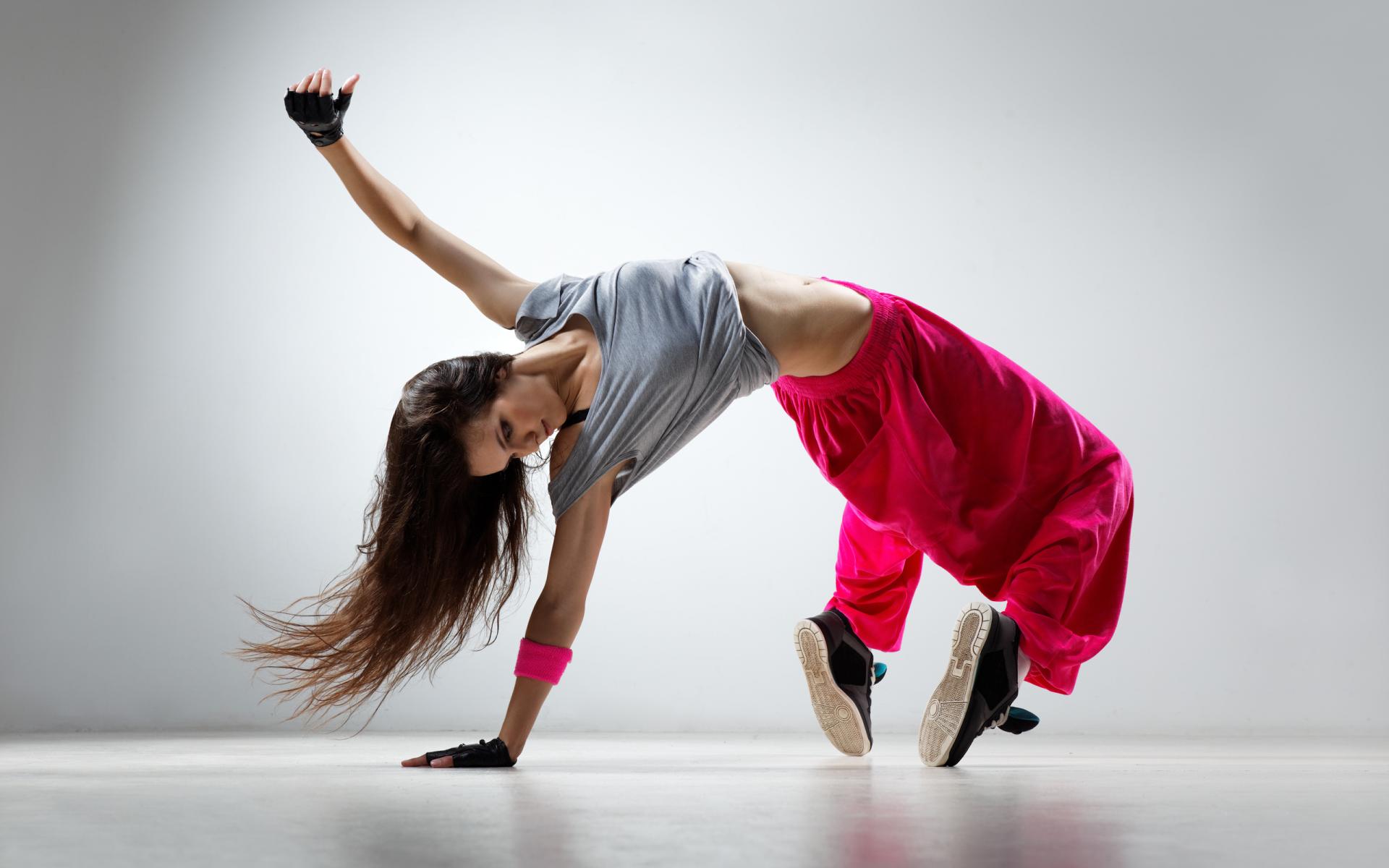As we grow older we suffer a decline in mental and physical fitness, which can be made worse by conditions like Alzheimer's disease. A new study, published in the open-access journal Frontiers in Human Neuroscience, shows that older people who routinely partake in physical exercise can reverse the signs of aging in the brain, and dancing has the most profound effect.
Exercise has the beneficial effect of slowing down or even counteracting age-related decline in mental and physical capacity. Two different types of physical exercise (dancing and endurance training) both increase the area of the brain that declines with age. In comparison, it was only dancing that lead to noticeable behavioral changes in terms of improved balance
Elderly volunteers, with an average age of 68, researcher recruited to the study and assigned either an eighteen-month weekly course of learning dance routines, or endurance and flexibility training. Both groups showed an increase in the hippocampus region of the brain. This is important because this area can be prone to age-related decline and is affected by diseases like Alzheimer's. It also plays a key role in memory and learning, as well as keeping one's balance.
While previous research has shown that physical exercise can combat age-related brain decline, it is not known if one type of exercise can be better than another. To assess this, the exercise routines given to the volunteers differed. The traditional fitness training program conducted mainly repetitive exercises, such as cycling or Nordic walking, but the dance group were challenged with something new each week.
This study falls into a broader collection of research investigating the cognitive and neural effects of physical and cognitive activity across the lifespan.
Source: Frontiers in Human Neuroscience, 2017; 11 DOI: 10.3389/fnhum.2017.00305
